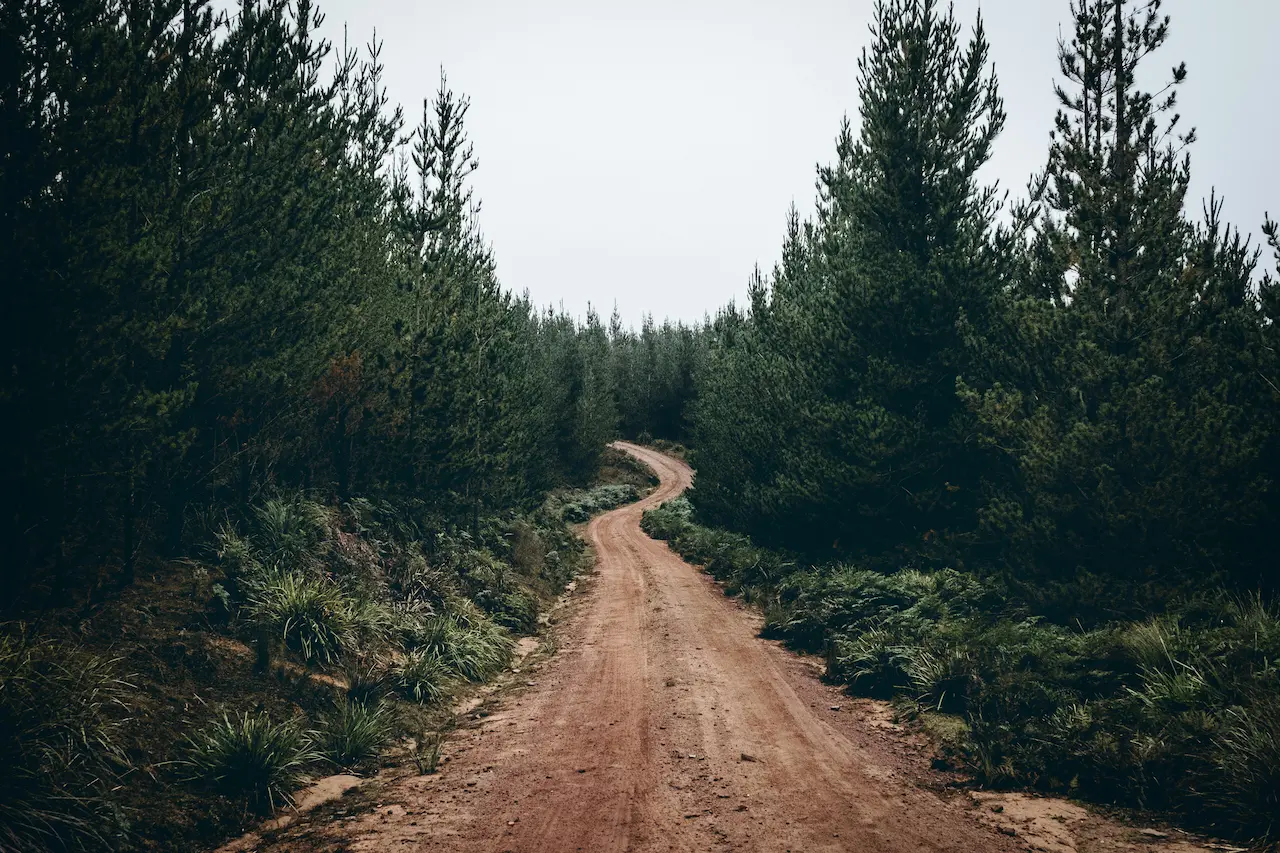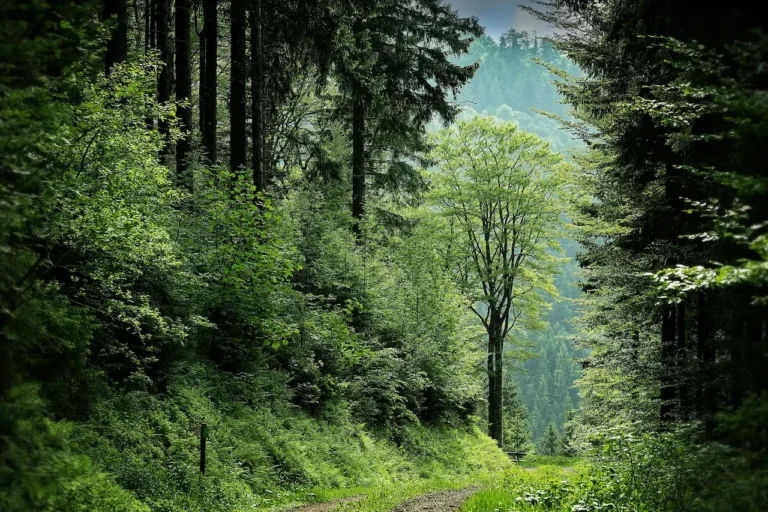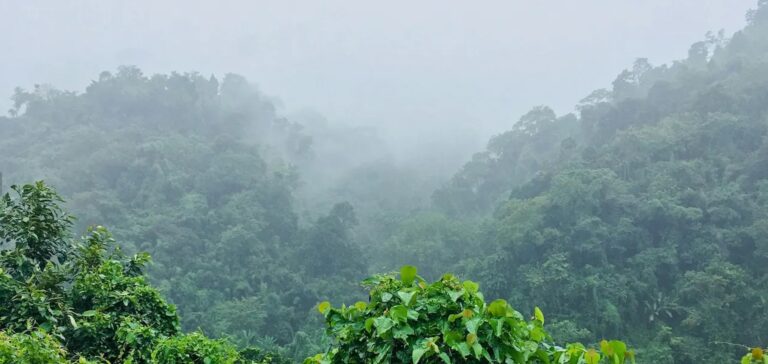Chutu Influence on Yakshagana, Veeragase, and Folk Traditions
It’s a region brimming with legends, dramatic performances, and profound spiritual practices. While much scholarly attention has focused on the patronage of the Vijayanagara Empire or the religious influences of Shaivism and Vaishnavism, a crucial, frequently minimized element has shaped the very core of certain regional theatrical traditions: the influence, and indeed, the historical entanglement, of the Chutu caste. To understand Yakshagana, Veeragase, and many associated folk traditions, we must acknowledge this complex dynamic – a relationship marked by both collaboration and contention, patronage and resistance, ritual and social stratification.
The Historical Context: Chutus and the Early Karnataka Landscape
The Chutus, primarily engaged in the tanning and leather industries – a profession considered ‘unclean’ within the rigid caste system of the time – occupied a peculiar and often marginalized position in early Karnataka. Prior to the rise of the Chalukyas and later the Hoysalas, the region was a patchwork of smaller kingdoms and tribal territories. The Chutus, often found in coastal areas and river valleys, established themselves as skilled artisans, providing essential goods – leather garments, footwear, and hides – to a wide range of communities. Epigraphic evidence, particularly from the 9th and 10th centuries, reveals their presence in settlements like Halmidi and other key trade hubs. Their economic power, though not officially recognized, was undeniable, and they frequently interacted with, and were employed by, the warrior and merchant classes.
It’s crucial to understand that the concept of ‘caste’ in these early periods wasn’t as formalized as it would become later. However, societal hierarchies based on occupation and perceived ritual purity were deeply ingrained. The Chutus’ profession, linked to animal processing, naturally placed them on the lower rungs of this hierarchy. Yet, their skills were highly valued, and they gradually established a degree of social and economic autonomy, often acting as intermediaries between the warrior classes and the wider populace. Archaeological findings – particularly the discovery of leather workshops near temple sites – provide tangible evidence of their activities and their integration into the societal fabric.
Yakshagana: The Chutu Connection
Yakshagana, that vibrant and dynamic form of theatre, traditionally associated with the patronage of the Vijayanagara Empire and later the Mysore rulers, possesses surprisingly deep roots connected to the Chutu community. Initial theories attributed its origins solely to temple rituals and the devotional practices of the Shaiva and Vaishnava sects. However, closer examination reveals a significant Chutu contribution. Early Yakshagana performances, particularly those centered around the ‘Yakshas’ – supernatural beings believed to inhabit the forests – often featured characters and narratives drawn directly from the Chutus’ own world. The leather garments worn by the Yakshas, the elaborate masks, and even the dialogues employed often reflected the realities and vernacular of the tanning communities.
Furthermore, the ‘Gombe’ – the traditionally Chutu musicians who accompanied the Yakshagana performances – played a vital role. Their rhythmic drumming, often utilizing leather instruments, provided the soundtrack to the drama and was intrinsically linked to the tanning industry’s sounds – the hammering, the stretching, and the processing of hides. The ‘Gombe’ were not merely entertainers; they were integral to the ritualistic performance, invoking the spirits and energies associated with the Yakshas. It’s debated whether the Chutus initially created the characters or if they adapted existing folklore to fit their profession, but the evidence strongly suggests a significant initial input.
The evolution of Yakshagana over time – with the incorporation of royal patronage and the expansion of the repertoire – doesn’t erase this initial Chutu influence. Instead, it demonstrates how a grassroots tradition, born from a specific social group’s experience and skills, was eventually elevated to a national stage.
Veeragase: The Leather-Bound Narrative
The Veeragase, a distinct theatrical tradition centered around the story of the warrior-poet Bharavi’s ‘Dashavataras’ (ten incarnations of Vishnu), also bears the imprint of the Chutus. The ‘Veeravata’ – the performer who enacts the role of Bharavi himself – traditionally wore a leather vest, a deliberate homage to the profession of the Chutus, who were considered the custodians of Bharavi’s legacy. The leather was not merely symbolic; it was believed to imbue the performer with the warrior’s strength and wisdom.
The scripts used in Veeragase performances frequently incorporated colloquial language and dialect, reflecting the vernacular spoken by the tanning communities. The costumes, the props, and the musical accompaniment were all influenced by the Chutus’ skills and resources. The ‘Veeravata’ and his accompanying troupe were often employed by wealthy patrons – frequently from the merchant class who had connections to the leather trade – creating a symbiotic relationship that sustained the tradition.
Furthermore, the emphasis on martial prowess and the glorification of warrior culture within the Veeragase narrative resonated with the Chutus’ own association with strength, skill, and craftsmanship. It’s a testament to the adaptability and resilience of cultural traditions, absorbing and reinterpreting elements from diverse social groups.
Folk Traditions and the Chutu Legacy
Beyond Yakshagana and Veeragase, the Chutus’ influence can be detected in various other folk traditions of Karnataka, including rituals associated with animal sacrifice, the celebration of festivals linked to the agricultural cycle, and the performance of traditional healing practices. The association with animals – particularly cattle and other livestock – was a cornerstone of their livelihood, and this connection permeated their spiritual and cultural practices. The rhythmic drumming and chanting used in these rituals often mirrored the sounds of the tanning industry, creating a distinct sonic landscape that reflected the Chutus’ presence in the region.
It’s important to acknowledge that the relationship between the Chutus and the dominant social groups in Karnataka was rarely harmonious. There were instances of discrimination, social exclusion, and even conflict. However, their contribution to the region’s cultural heritage is undeniable. Their skills, their knowledge, and their artistic expression enriched the fabric of Karnataka’s traditions, leaving a lasting legacy that deserves to be recognized and celebrated.
Further research into epigraphic records, archaeological findings, and oral traditions will undoubtedly reveal even more nuanced aspects of this fascinating and complex relationship. The story of the Chutus and their influence on Yakshagana, Veeragase, and folk traditions is a powerful reminder that cultural evolution is rarely a monolithic process; it’s a dynamic interplay of diverse forces, shaped by social, economic, and religious factors.




